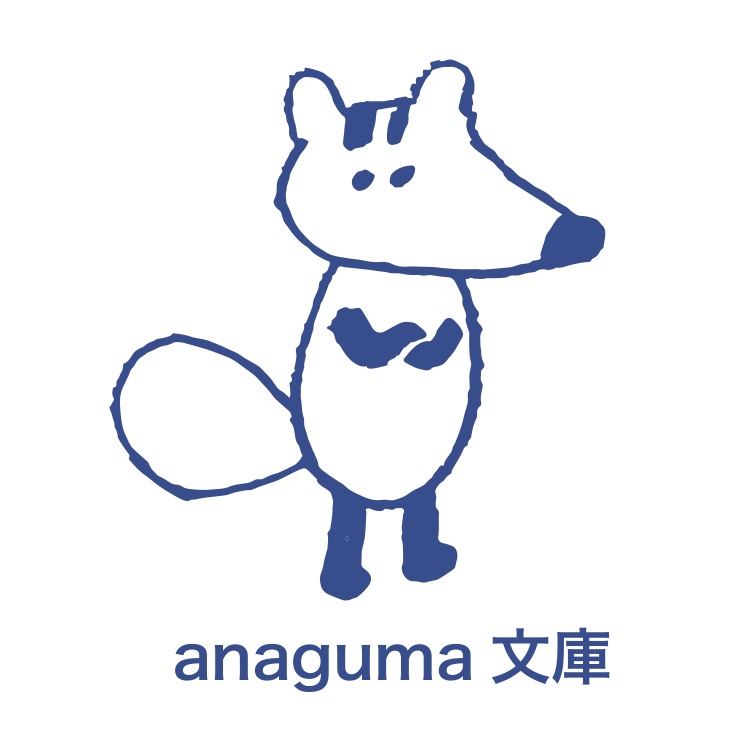(Please scroll down for the English version.)
草餅の朝
柿の葉寿司のレッスンが無事に終わった。「早朝やけど、今度、草餅を作ってもらおうか」と徳岡さんはにっこりと笑った。あんこを包んだよもぎ餅は「草餅」と呼ばれる。徳岡さんは柿の葉寿司と同じように、ほとんど毎日草餅を作っている。
僕は朝七時ごろ西河のお店で徳岡さんと合流してから、大滝の上まで急な坂道を登った。工房の中に入り、暖房で脇で餅を丸めていたお母さんに挨拶した。餅米とよもぎを蒸していたセイロから湯気が上った。徳岡さんはその餅米を餅つき機に移し、よもぎを中に混ぜた。餅米がだんだん緑になり、そして大きな塊になった。徳岡さんはその塊を出し、小麦粉をかけた。お母さんは一口の量を塊から掴み取り、掌で平にした。「この上につぶあんを載せて、こうする」とお母さんは説明した。指を動かしながら、お母さんは餅をつぶあんの周りへ押し上げ、丸めた。餅の表面が滑らかな円盤形になった。
僕はお母さんと一緒に座り、自分の手で草餅を作ってみた。お母さんを真似しようとしても、餅が思うように動かなかった。「左手の使い方が大事、こうして、こうして」と徳岡さんは見せてくれた。僕の手の効率がだんだんよくなった。餅が掌にくっついてしまったら、すぐあきらめて、手を洗うしかない。小麦粉もちゃんとつけなきゃ。草餅を一口ずつ木箱で並べた。二つ目の塊が出来上がり、つぶあんを載せて丸める作業を繰り返した。徳岡さんは手際よく草餅を販売用のプラスチック箱に入れ、ラベルのシールを貼った。
徳岡さんは余った一口を取り、僕の渡してくれた。緑の餅がやわらかくて、中のつぶあんが甘くて、とても美味かった。僕はうちでよもぎを料理で使ってみたことがあるが、うまくいかなかった。やっぱり草餅が正解だった。「最後に、明日のための餅米を洗わなあかん」と徳岡さんは言い、僕を流し台へ連れて行ってくれた。
A Morning of Kusamochi
The kakinohazushi lesson finished without delay. “It’ll be early in the morning, but next time, I’ll have you make kusamochi,” said a smiling Mr. Tokuoka. Mugwort mochi wrapped around red bean paste is called “kusamochi”. Just like kakinohazushi, Mr. Tokuoka makes this almost every day.
After meeting up with Mr. Tokuoka around 7 a.m. at his shop in Nishigawa, we climbed the steep hills to the top of Otaki. I entered the workshop and greeted his mother, who was next to the heater balling up mochi. Steam flew out from baskets steaming mochi rice and mugwort. Mr. Tokuoka moved the mochi rice to the mochi pounding machine, and mixed the mugwort into it. The mochi rice gradually turned green, and then into a large clump. Mr. Tokuoka took the clump out and covered it in flour. Mrs. Tokuoka grabbed a piece off and flattened it over the palm of her hand. “We place the red bean paste on top and wrap it like this,” she explained. While moving multiple fingers, she pushed the mochi up and around the red paste, then rounded it off. The surface of the mochi became a smooth, disc-like shape.
I sat with Mrs. Tokuoka and tried making kusamochi with my own hands. Even if I tried to imitate her, my the mochi would not move as I hoped. “It’s important how you use your left hand, so go like this, and like this,” Mr. Tokuoka showed me. The efficiency of my hands gradually improved. When mochi stuck to the palm of my hand, the only thing to do is give up and go wash my hands. I also had to be sure to apply enough flour. We lined the kusamochi one by one in the wooden box. The second large lump of mochi was ready, and we repeated our work of loading the red bean paste and rounding out the mochi. Mr. Tokuoka quickly packed the kusamochi into plastic containers for selling and added the sticker label.
Mr. Tokuoka grabbed a leftover kusamochi and handed it to me. The green mochi was soft, and the red bean paste inside was sweet and delicious. I have tried using mugwort when cooking at home, but it did not go very well. As I expected, kusamochi is the right choice. “Finally, we need to was the mochi rice for tomorrow,” Mr. Tokuoka said, and led me over to the sink.







